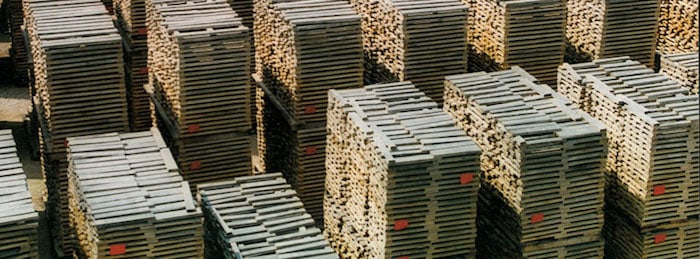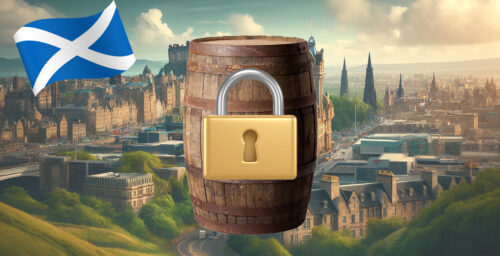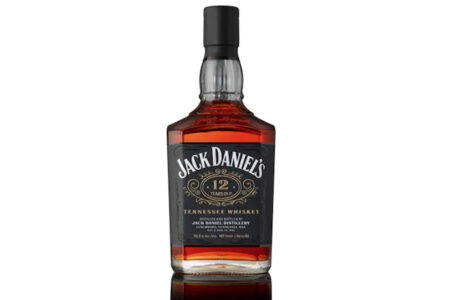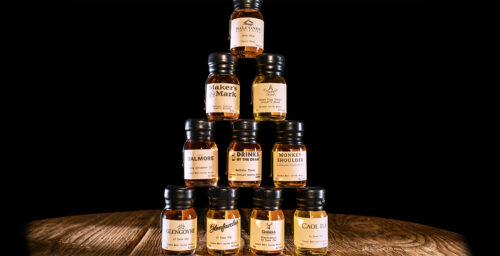Barrels are marvelous things. Elegantly designed, aesthetically appealing, and extraordinarily efficient, barrels not only provide a space-savvy way to store aging whiskey, they also actually play an essential role in the whiskey’s maturation as it sits – a claim not many packages can make (looking at you, candy bar wrappers).
But barrels don’t grow on trees – they’re made from them. Just about all whiskey barrels are made from oak, a long-lived hardwood tree with several different usable species. But it’s not as simple as just cutting down a tree; the wood must be specially processed to create the whiskey barrel staves that will form the barrel.

Barrel staves must be made from tightly grained timber, or else the barrel they create won’t be watertight. More coarsely-grained species like French Oak need to be made from quarter-sawn wood. What’s that mean? Quarter-sawn wood comes from rounds cut lengthwise into four equal pieces, each shaped something like a slice of pizza when viewed from the end. That pie-shaped piece of lumber is then sliced into planks, with alternating cuts made on either flat side of the wedge. If that’s confusing, go here for an explanation with images.
By making cuts like this, millers can recover about 50% of the wood in any given log as staves. The rest is either unusable sapwood (the ring closest to the exterior of the tree) or too narrow to be of use as staves. Quarter-sawn wood is less prone to warping, and expands and contracts less than standard-sawn wood, which helps ensure watertight barrels.
After sawing into rough blanks, the wood staves are then either kilned to thoroughly dry them (as is often done for bourbon barrels), or cured outdoors for months, sometimes up to two years. Outdoor curing exposes the staves to sun, wind, and rain, reducing the green, resinous taste of fresh-cut lumber and tempering the effect oak has on a spirit. Only after all that time can staves be cut, bent, shaped, and assembled into a wooden barrel that will be toasted or charred, and filled with your favorite spirit.
So the next time you walk past a half-barrel planter full of petunias on the deck of your favorite restaurant, take a moment to appreciate all the work that went into those staves.



